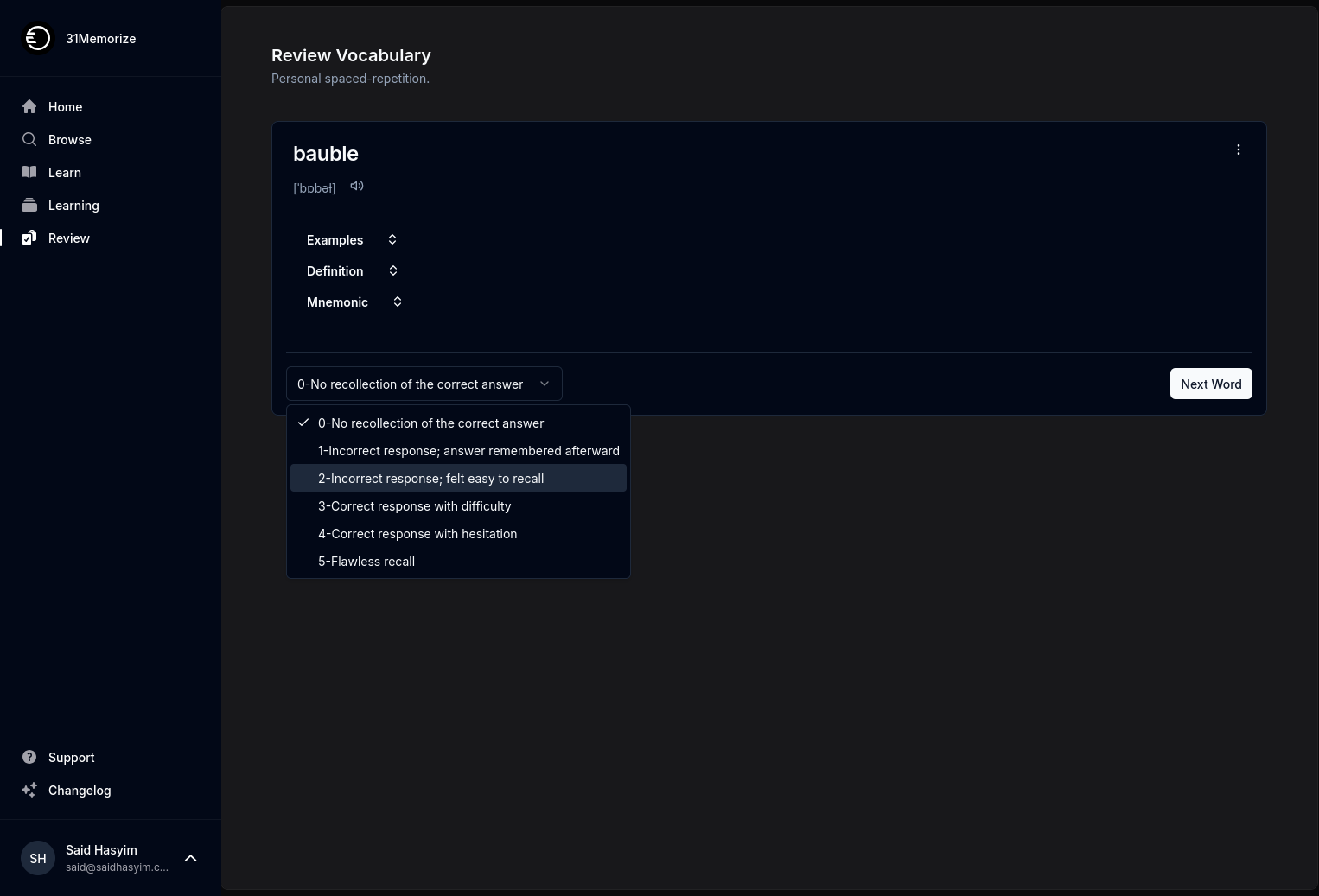Developing Key Metrics for Book Success Monitoring
As a writer, your ultimate goal is to share your stories, ideas, or insights with the world. But how do you measure the success of your book beyond just initial sales figures? To truly understand the impact of your work and refine your future projects, it’s essential to develop a set of key metrics for book success monitoring. This post will explore the various metrics you can utilize to evaluate your book's performance and provide insights on how to interpret them effectively.
Why Key Metrics Matter
Metrics provide a quantifiable way to assess how well your book is performing, helping author and publisher alike make informed decisions about marketing, promotion, and future projects. Without a clear understanding of what makes a book successful, it’s easy to rely solely on gut feelings or isolated feedback, which can lead to misleading conclusions. Key metrics can guide you in identifying strengths, weaknesses, and potential areas for growth.
1. Sales Metrics
Sales data is one of the most evident and important metrics to consider when monitoring book success. Here are some specific sales metrics you should track:
a. Units Sold
This is a straightforward metric that indicates the total number of copies sold over a specific time period. Tracking unit sales over time allows you to gauge the book's popularity and overall market demand.
b. Revenue Generated
Monitoring the revenue your book generates helps assess its financial performance. It’s beneficial to not only track total revenue but also revenue trends over time. An increase or decrease can signify varying market interest or the effectiveness of your marketing strategies.
c. Sales Channels
Understanding where your sales are coming from (e.g., physical bookstores, online retailers, direct sales) can help shape future marketing efforts. Analyzing this data can help you determine which channels yield the best returns and where to focus your resources for future promotions.
2. Reader Engagement Metrics
Beyond sales, reader engagement metrics provide insight into how your audience interacts with your book:
a. Reviews and Ratings
Monitoring the number and quality of reviews can elucidate how well your book is resonating with readers. High ratings and positive reviews often correlate with increased sales, while a preponderance of negative reviews may warrant deeper investigation into potential shortcomings in your writing or marketing.
b. Reader Retention
For authors who write series or invest in building an audience through newsletters and community platforms, monitoring reader retention is critical. How many readers who bought your first book go on to read subsequent titles? High retention rates may imply strong reader loyalty.
c. Social Media Engagement
If you’ve promoted your book on social media platforms, track the engagement metrics—likes, shares, comments, and overall discussions related to your book. These metrics can provide insights into your reach and the effectiveness of your promotional efforts.
3. Marketing Effectiveness Metrics
Marketing plays a vital role in a book's success. Evaluating your marketing efforts through dedicated metrics will help you understand what works and what doesn't:
a. Cost Per Acquisition (CPA)
This metric evaluates the total cost of acquiring a new reader. By dividing your total marketing expenses by the number of new readers gained, you can assess the return on investment (ROI) of your campaigns. A low CPA indicates an effective marketing strategy.
b. Click-Through Rates (CTR)
If you’re utilizing email marketing or online ads, tracking CTR can help you understand how effective your promotional content is. A high CTR typically reflects that your content is engaging and motivating readers to take action.
4. Brand Metrics
As a writer, especially as you grow your portfolio, building your personal brand is crucial. Brand metrics can provide a comprehensive view of how your brand is perceived:
a. Author Following
This includes metrics such as the number of followers on social media, newsletter sign-ups, and engagement rates. A growing audience indicates that you are building a loyal community around your work.
b. Media Mentions and Publicity
Tracking how often your work is mentioned in blogs, articles, podcasts, or other media can speak volumes about your visibility in the market. Greater media coverage can lead to increased sales and recognition.
5. Long-term Impact Metrics
While immediate results are crucial, it’s also essential to consider the long-term impact of your book:
a. Longevity of Sales
Understanding how your sales trend over longer periods can provide insights into the lasting appeal of your book. Does it have lifelong market demand or is it a flash in the pan?
b. Historical Performance Comparison
When releasing new titles, compare their metrics to those of past works. This historical analysis can reveal trends over time in your writing style, target audience, and individual book themes.
Conclusion
Tracking and analyzing key metrics for book success monitoring is essential for any author, irrespective of experience level or genre. By understanding and developing these metrics, you’ll be better equipped to make informed decisions about marketing strategies, future projects, and understanding your audience.
Remember that metrics should not be seen as rigid numbers but rather as helpful guidelines for growth and development. Whether it’s through improving your marketing strategy, enhancing reader engagement, or nurturing your brand presence, the insights garnered from these metrics will propel you towards a successful writing career.
In the rapidly evolving world of literature and publishing, staying proactive and adaptable will ensure that your work continues to resonate with readers for years to come. Happy writing!
